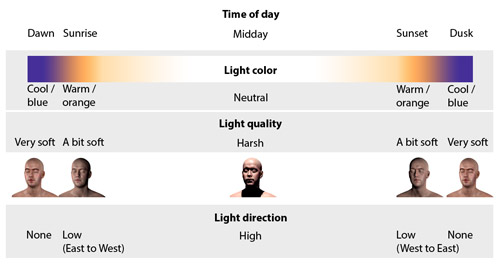Natural Light Photography Tips
Photography is all about capturing light, and natural light from the sun is the most often used main light source in photography. However, natural light can vary quite considerably depending on a variety of factors.
For best results, it is important to understand how natural light is affected by these different factors, and in turn how this will affect a photo captured in that light. This is what I want to look at in this article.
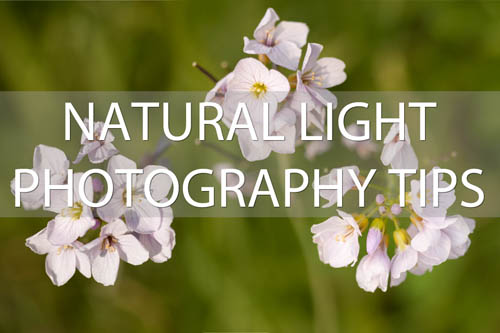
Combination of three images taken in different natural lighting conditions: left - direct sunlight; middle - sunlight through thin cloud; right - overcast. Note the difference in shadows between each image.
Firstly, I should mention the definition of natural light that I'll be using for this article. Sometimes photographers may refer to any light source that they have not set up themselves as natural light, though generally this would be referred to as ambient light. For, example, if a photographer states that they are a 'natural light photographer', they probably just mean they don't use flash.
In terms of this article, however, I'm referring to natural light as being light from the sun. This can also include light from the moon, since that is really just reflected sunlight.
The two main factors that affect natural light are the time of day and the weather. Let's start by looking at the effect time of day has on natural lighting.
Natural Light & Time of Day
The time of day you are photographing, in conjunction with the time of year, can have a great effect on the appearance of natural light. Given relatively clear weather, the cycle of light throughout a day will look something like this:
Color Temperature of Natural Light
The color temperature of the light used in an image can greatly affect the mood an image conveys. Photos taken in cool light, i.e. at twilight typically have a colder, more somber feeling to them. Photos taken at sunset / sunrise have much warmer light, giving a more happy, almost cosy feeling. You can read more about photographing at these times of day here: Blue hour and Golden hour photography tips.
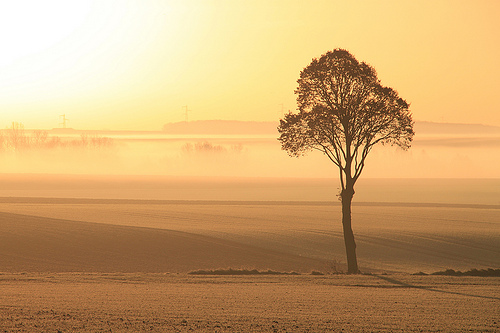
irréel by Olivier Bacquet on flickr (licensed CC-BY)
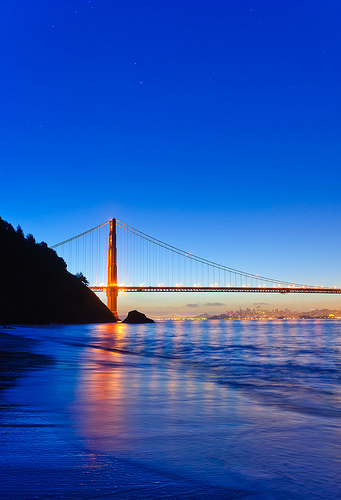
Dawn by Waqas Mustafeez on flickr (licensed CC-BY)
On the other hand, shooting during the daytime, the color temperature of natural light is pretty neutral, which feels, well, neutral.
One point to mention is that to capture the temperature of the light correctly, you must set your camera to use a correct white balance setting. If you tried photographing a sunset with the white balance set to tungsten / incandescent, you'd probably end up with an image that has a cool tint rather than a warm one.
If your camera is set to use auto white balance, it may compensate for the color temperature of the light, resulting in an image with no color cast. A nice warm sunset photo could end up looking like it was taken during the middle of the day.
By setting a specific white balance, you can ensure that any color cast caused by the natural light is captured correctly. Personally I like to set my camera to cloudy white balance. If you photograph in RAW format, then you can also modify the white balance after the fact.
Quality of Natural Light
Natural light, like all other forms of light, can be soft, harsh, or somewhere in between. If you are photographing at dawn or dusk, the light is extremely soft, and you'll find that everything is practically shadowless. On the other hand, shoot at noon on a clear day, and you'll get very harsh, well defined shadows.
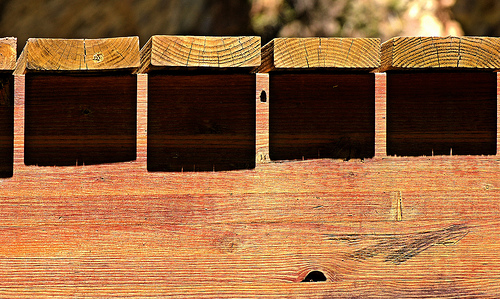
i would estimate noon by theilr on flickr (licensed CC-BY-SA)
Soft light is often preferred, especially for portrait photography. It provides a nice balance between shadow and highlight areas, with neither being too harsh.
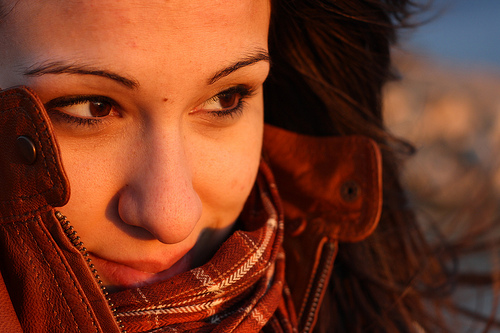
Sunset in Mazarrón (Murcia) by Capture The Uncapturable on flickr (licensed CC-BY)
For some subjects, the extremely soft light found at dawn and dusk may just be too soft though. Shadows are needed to add definition to a subject, and without shadows a subject may end up looking flat. If the moon is out, this can often provide enough light to add some shadows and dimension back into the image.
Direction of Light
The directionality of light ties in with the previous two points. Around sunset and sunrise, the sun is very low in the sky, with an almost horizontal direction. This means it has to travel further through the atmosphere, which gives the slightly softer light as it is broken up by the particles in the atmosphere.
Directional light is great for bringing out the texture in subjects. On a clear day, you will have directional light as long as the sun is above the horizon, but obviously the direction the light comes from varies throughout the day. The way a subject is lit can vary quite substantially from sunrise to noon to sunset.
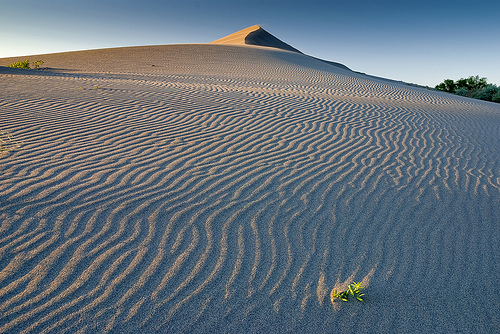
Bruneau Sand Dune and rippled sand sunset by Charles Knowles on flickr (licensed CC-BY)
When the sun is below the horizon, and there is no moon, there is much less direction to natural light. Although it is below the horizon, some light from the sun will bounce back down from the atmosphere. The way the light is bounced around like this causes the very soft almost directionless light (resulting in a lack of shadows) that you get at this time day.
So, now we've looked at how the time of day affects the color, softness, and direction of light, let's look at how the weather can also affect these properties.
Natural Light & Weather
The weather can have quite a large effect on the quality of natural light. While shooting at noon under clear light will give harsh light, if the weather is cloudy / overcast, then the light will instead be quite soft.
The clouds act as giant diffuser, creating a much larger light source (in relative terms) than just the sun by itself. This makes cloudy weather more suitable for people photography, as it avoids the harsh shadows and highlights normally associated with photographing during the day. Many street photographers prefer this type of weather for their photography for this reason.
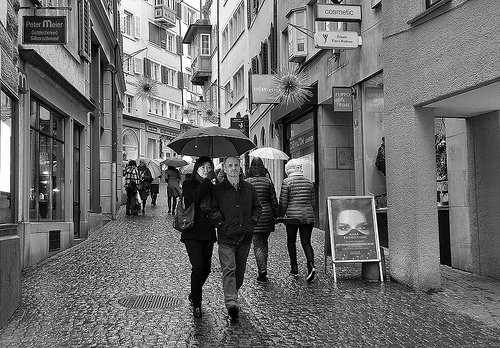
overcast and occasional rain by Thomas8047 on flickr (licensed CC-BY)
The density of cloud affects the amount of light that gets through, as well as how soft the resulting light will be. The denser the cloud, the softer the light. The light will also have less direction, making it harder to capture texture.
It also affects the color temperature of the light. If the sky is overcast and the clouds extend down below the horizon, then you won't get that nice warm light at sunset, it will just get dark. However, if the cloud cover is very thin (or the cloud cover doesn't extend below the horizon), then this will still let the warm light through, and will likely lead to a beautifully colored sky once the sun has set.
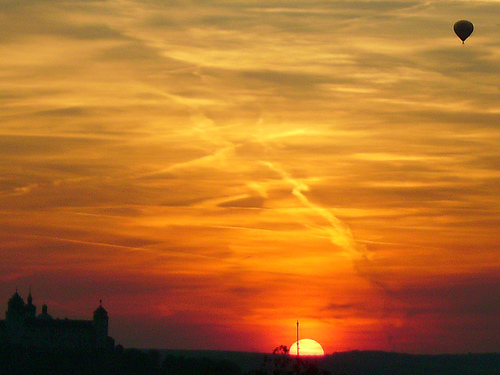
Sunset balloon flight by Axel on flickr (licensed CC-BY)
Direct vs Diffused vs Reflected light
Whether light is diffused, reflected, or hits your subject directly will also affect the look of the image. I already mentioned how natural light can be diffused by clouds, and how it tends to be more diffuse around sunset and sunrise. But for smaller subjects, you can also diffuse the light yourself.
This is a technique that is often used with portrait and flower photography. Holding a diffusion panel (generally stretched thin white material) between the subject and the sun will create a softer and more pleasing light than if the sun was hitting the subject directly.
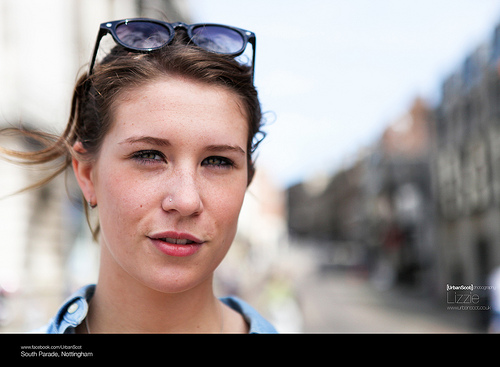
Lizzie #265 by Peter McConnochie on flickr (licensed CC-BY)
Reflected light
The quality of reflected light depends a lot on the size and texture of the material that is reflecting the light. A very smooth reflective surface, such as a mirror, will have little effect on the properties of the light it is reflecting.
A rough dull green wall however, will affect the color and the softness of the light it is reflecting. The rough structure will help soften the light, and the light will also take on a green tint from the wall's color.
Probably the main use of reflected light is whenever you are photographing anything that is in shadow rather than direct sunlight. If there was no reflected light, then areas in shadow would be pitch black. Generally the light is reflected from all around, making the light in areas of shadow quite soft.
This is why many portrait photographers (in the northern hemisphere) like to use a north facing window as a natural light source when photographing subjects indoors. (Southern hemisphere photographers would prefer a south facing window). The subject will receive only the softer reflected light, rather than harsh direct sunlight.
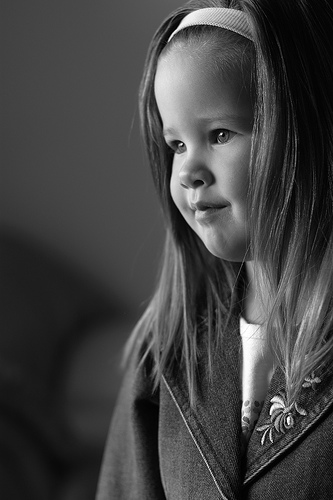
Window Lighting B&W by Eric Ward on flickr (licensed CC-BY-SA)
So, there are quite a few different variables that can affect the color, quality, and direction of natural light. The time of day, whether it's cloudy or not, and whether the light is direct, reflected, or diffused all have an effect.
The way a scene is lit can have quite an effect on how it appears, meaning a scene can appear differently at different times of day and in different weather. This is one reason why many landscape photographers visit the same spots again and again - the light will never be exactly the same.
For portrait photographers it is more about knowing the sort of lighting the current conditions will produce, and modifying the shoot appropriately. e.g. Moving into the shadows or using a diffusion panel to avoid harsh lighting when shooting during midday.
When you understand how these factors affect natural light, it can make it easier to plan your photography around the light. And when things don't go to plan, try adjusting your photography to suit the light.
